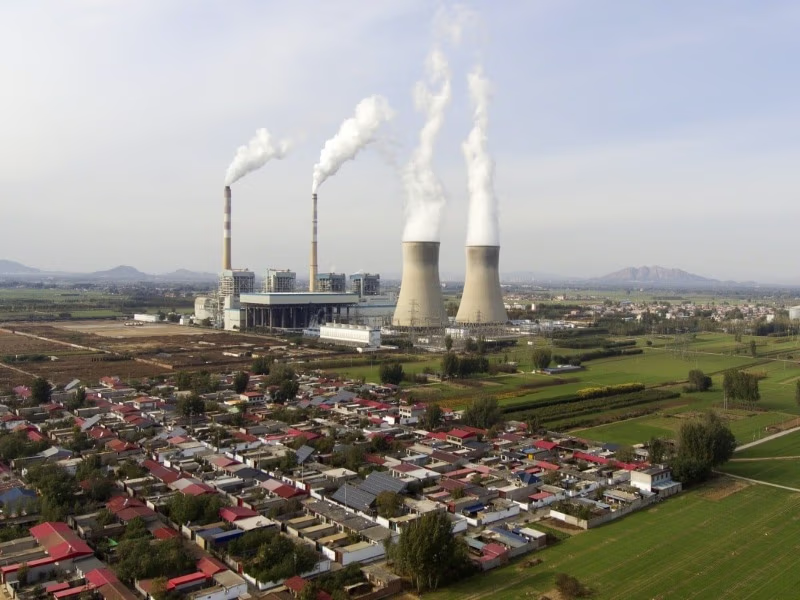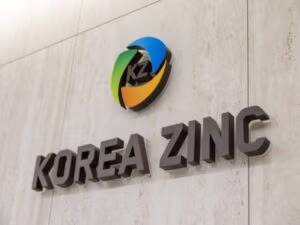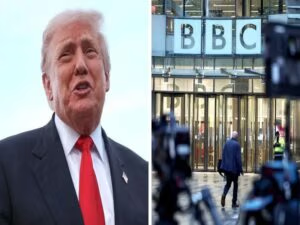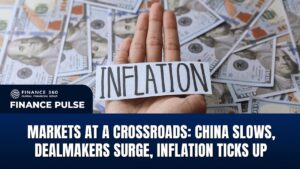China’s industrial profits increased by 21.6 percent in September compared to the same period a year earlier. The National Bureau of Statistics said on Monday that Beijing has stepped up its efforts to suppress price wars in the country and is putting pressure on manufacturers, despite ongoing trade tensions with the United States.
That steep increase sparked a robust rebound after August, when industrial profits shot up 20.4 percent year-on-year. It was the largest gain since November 2023.
The official data indicated that the biggest industrial companies increased profits by 3.2 percent in the first nine months of the year. This growth rate was higher than the 0.9 percent increase seen from January to August.
Beijing policies that sought to restrain the intense price competition within the industrial sectors contributed significantly to the recovery in corporate profitability, at a time when deflation in producer prices was extending its third year.
Consumer prices in China declined unexpectedly in September by 0.3 percent, falling a year earlier; therefore, the producer price index dropped 2.3 percent.
The manufacturing sector increased its profits by 9.9 percent compared to a year earlier in the January-September period, and companies supplying electricity, heat, and fuel, and water increased their earnings by 10.3 percent.
However, the Mining industry has experienced a decline in profits of 29.3 percent.
Chief statistician at the NBS, Yu Weining, stated that the high-tech manufacturing contributed to broader increases in profits, and the earnings of the sector increased by 26.8 percent in September.
In the industrial companies, the profits in state-owned enterprises fell by 0.3 percent, in contrast to 4.9 percent in the foreign industrial companies, including those with Hong Kong, Macau, and Taiwan investment, and 5.1 percent in the private firms.
Chinese manufacturers have had to endure dubious trade policies with the U.S. and lackluster consumer confidence back home as the second-largest economy in the world floundered through an extended housing recession, a poor labor market, and mounting headwinds on its exports.
In spite of the overall exports of the country being stable this year, analysts forecast the growth of the trade to decelerate in the last quarter, partly because of the high base in the last year.
A team of economists at Nomura said that “We expect export growth to slow in Q4, after an increase to 6.6% y-o-y in Q3 from 6.2% in Q2, due to a high base and rising trade barriers globally.”
The economy of China surged to 4.8 percent in the third quarter, which was the lowest growth rate in one year.
According to data going back to 1992 from Wind Information, Investment in fixed assets surprisingly shrank by 0.5 percent in the first three quarters of the year, the first decrease since 2020 during the pandemic.
The industrial output increased more than expected in September, and it rose by 6.5 percent last year, and higher than the 5.2 percent growth in the previous month.
Analysts reported that the strong headline numbers indicate that Beijing might not feel the need to implement additional stimulus packages to meet its growth rate of approximately 5 percent this year.
Although the Chinese policymakers committed to increasing the domestic demand in a high-profile economic planning meeting last month, they also outlined that the country requires technological breakthroughs and the improvement of the industrial capacities of the country.
Asia Economics at Oxford Economics, Louise Loo, added, “References to ‘expanding domestic demand’ and ‘improving livelihoods’ are present but comparatively much less prominent.”
She further stated that “These suggest that while policymakers recognise weak household sentiment and a savings overhang, they don’t envision large-scale consumption stimulus over the next five years.”






